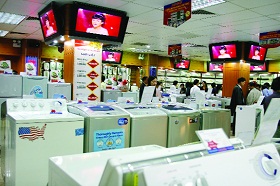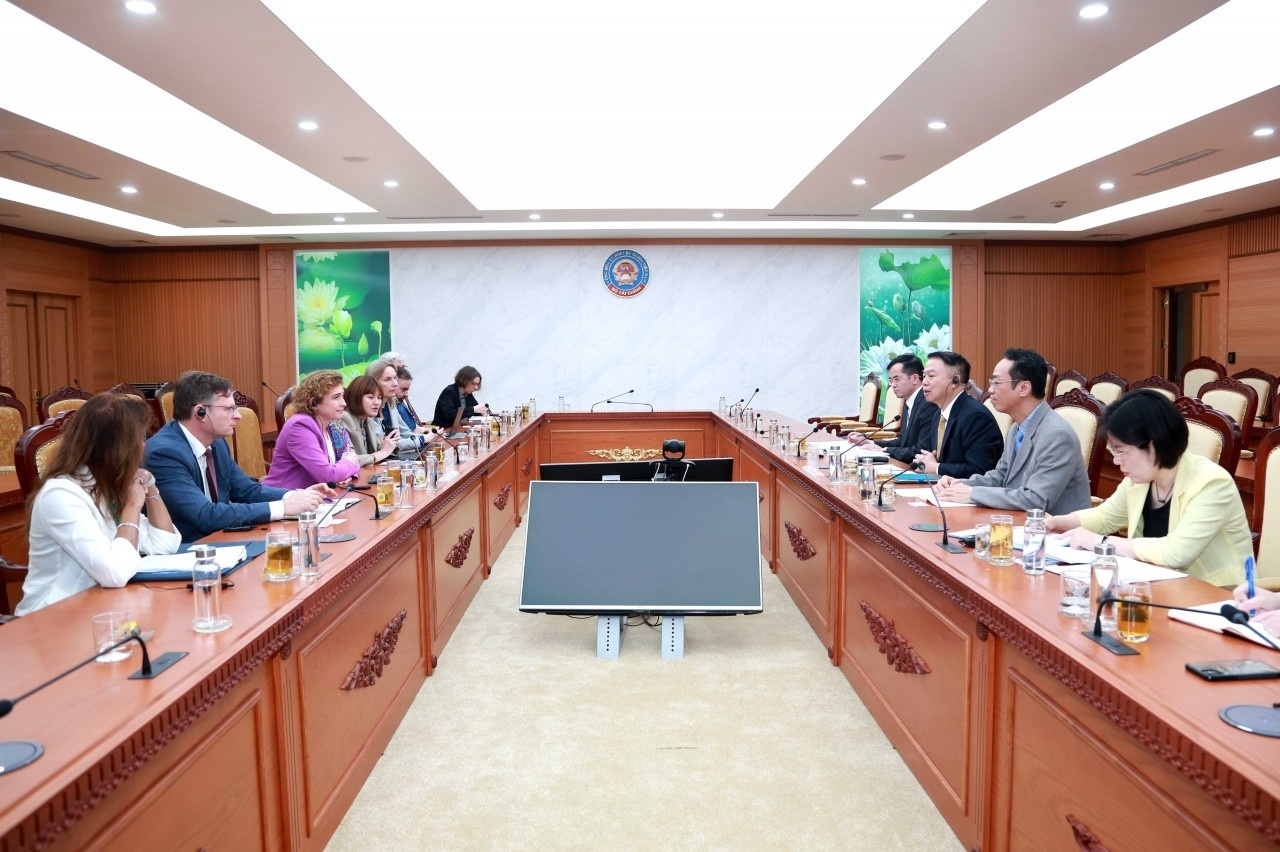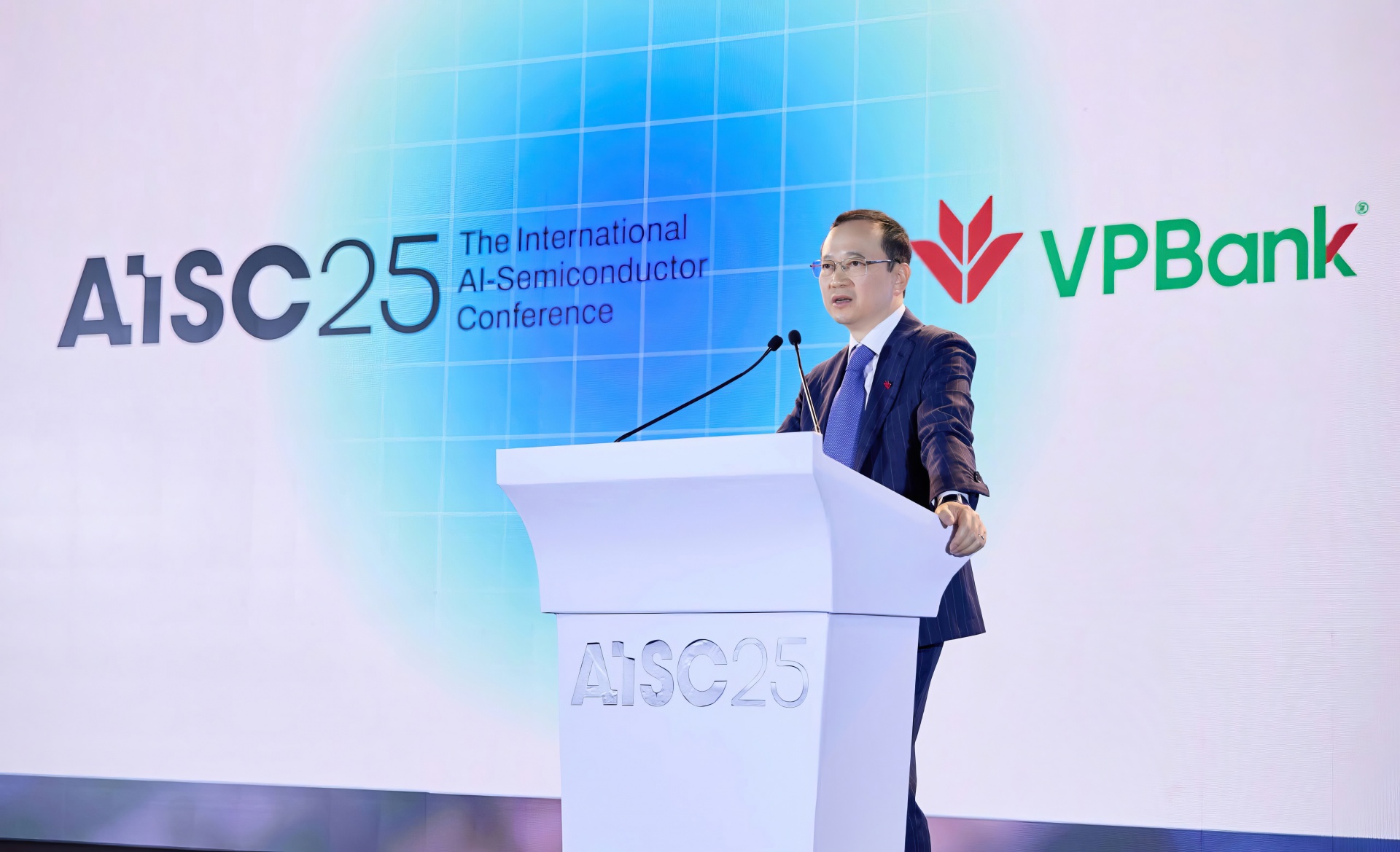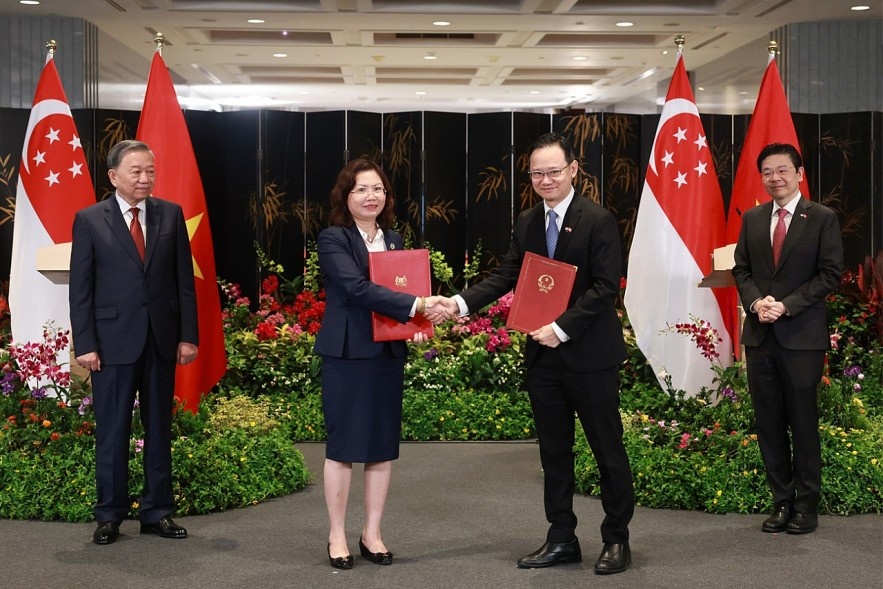Greenback scarcities
 |
| More importers will be looking for US dollars as they stock up for the Tet celebrations |
The USD/VND exchange rate has been rising over recent weeks, stemming from a number of local enterprises looking to buy USD to pay back loans before maturity in order to further avoid the Vietnamese dong devaluation.
A SHB Bank official estimated that its total outstanding dollar-denominated loans were reduced by 25 per cent in June as customers tried to pay debts. “We see that those do not sign a forward contract in USD have bought dollars from banks or the free market to pay their debts,” said the official.
Of SHB’s $100 million credit in USD from the beginning of this year, less than a third was taken by non-export companies. “The situation will become strain at the end of August and early September as current USD loans hit maturity and the demand from importers for trading goods catering for Tet starts rising,” said the official.
ACB, for instance, reportedly lent half of its USD mobilisation and the situation was still in control. HSBC’s monthly Vietnam monitor in July read that USD lending interest rates ranged between 5-6.5 per cent, while VND rates are around double these levels. However, the policy appears set to turn this USD demand cycle around.
The State Bank has been attempting to normalise the market and encourage lower dong rates. “We see this process continuing and expect USD credit to rise less sharply in comparison to dong as rate differentials narrow. Exacerbating this will be the USD demand that comes to market when outstanding USD loans mature,” read the report.
Although HSBC does not know the exact maturity of the USD loans, local reports suggest the majority are held over three to nine month periods. Therefore, through the third and forth quarter many will be due for repayment, meaning an increased demand for USD in coming months.
Although a gap in rates is likely to persist, slowing USD credit growth coupled with increasing dong growth should mean greater demand for dollars coupled with lower supply, putting clear pressure on dong to weaken.
However, trend of lending USD among local enterprises to enjoy low interest rate has decreased. The SSI banking bulletin in June this year read that USD lending rates had changed insignificantly. They are currently at 5.5 or 6 per cent for short-term loans and 6 or 7 per cent for medium- and long-term loans.
In contrast with dong deposit rates, from the middle of June, USD deposit interest rates started to increase along with the rise of foreign exchange rate.
The USD credit growth was much higher than that of deposits in the first half which made banks raise more USD to ensure liquidity in second half.
The highest USD deposit rate of state-owned commercial banks is 4.2 per cent for a 12-month term, whereas this rate of joint stock commercial banks is 5.2 per cent. Ho Chi Minh City reported its USD credit posted a growth rate of 39.4 per cent by June this year, valued at VND166.7 trillion ($8.7 billion). The pace was much higher than the rate of minus 2 per cent by June last year.
By Van Anh
What the stars mean:
★ Poor ★ ★ Promising ★★★ Good ★★★★ Very good ★★★★★ Exceptional
Latest News
More News
- New tax deal strengthens Vietnam-South Korea ties (March 13, 2025 | 10:50)
- KRX trading system expected to come online in mid 2025 (March 12, 2025 | 12:13)
- Corporate bond market impacted with restructure (March 11, 2025 | 16:00)
- Decree enhances capital access and transparency (March 11, 2025 | 11:53)
- Sandbox for crypto assets in Vietnam: if not now, when? (March 11, 2025 | 11:34)
- PVcomBank and BPC mark 10 years of partnership (March 11, 2025 | 08:00)
- Banks adjust to balance and cut costs (March 10, 2025 | 14:33)
- Credit rating advance to help next capital market phase (March 10, 2025 | 14:27)
- Building cryptocurrency regulations in Vietnam (March 10, 2025 | 14:12)
- Vietnam to pilot digital asset and cryptocurrency exchange (March 07, 2025 | 14:14)

















 Mobile Version
Mobile Version